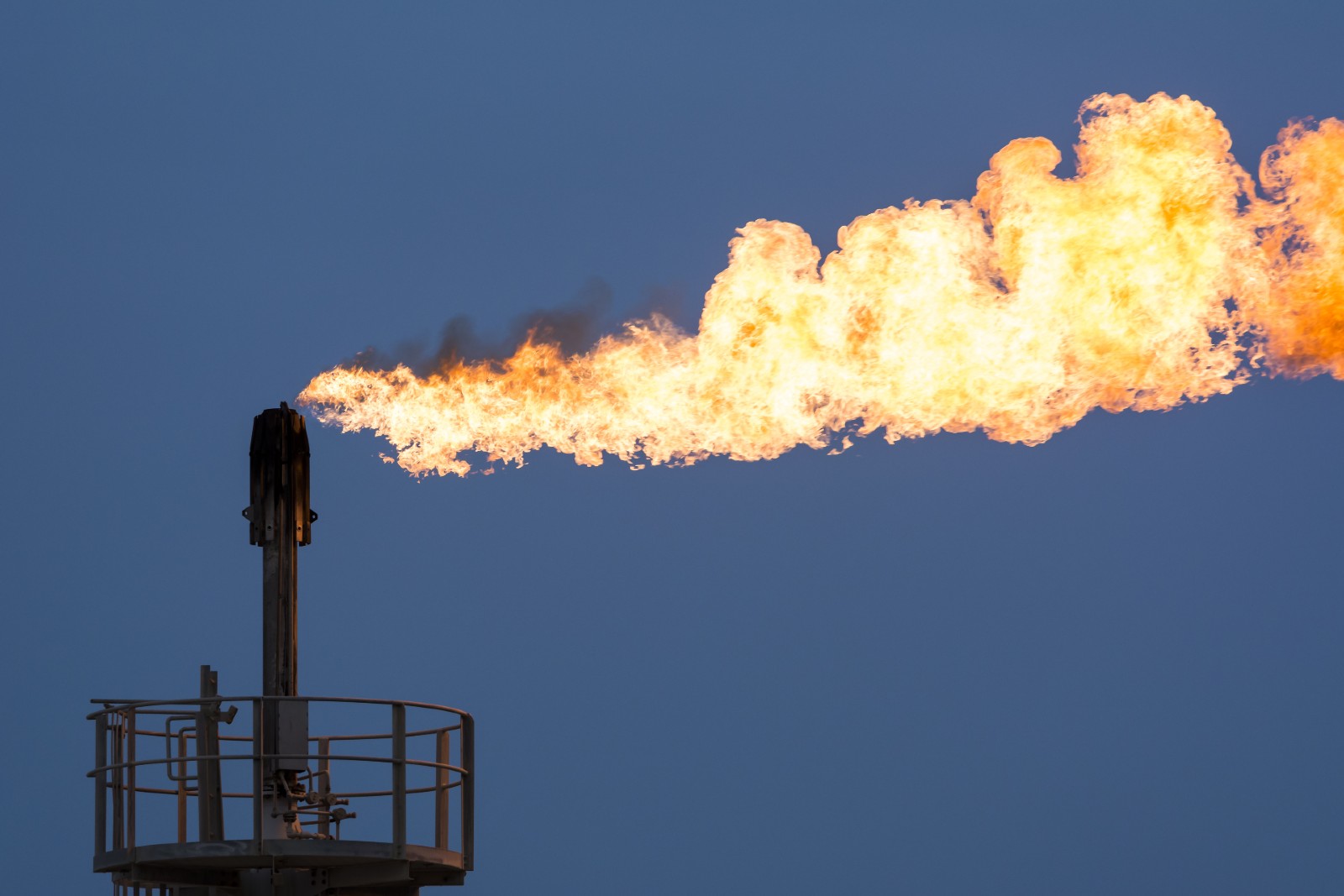MENA really needs to stop flaring gas. Here’s one way we could do it.

Enterprise Explains: Flare gas-to-energy could help clean up a dirty industry: Since the beginnings of the oil industry, greenhouse gasses — primarily methane — that emerge from the oil extraction process have been burned in a process called flaring — one of the most polluting aspects of the industry. In 2021, oil companies worldwide flared some 144 bn cubic meters of gas, releasing around 400 mn metric tons of CO2 equivalent into the atmosphere, the World Bank said.
Enter flare gas-to-energy: Capturing the gas and using it to generate power is increasingly being seen as a solution to the problem of flaring. And as one of the regions most associated with flaring, the Middle East is primed for the technology.
Just five countries account for more than half of all global flaring — and three of them are here in MENA, according to International Energy Agency figures from 2020. The offenders? Iraq, Iran, Algeria, the United States and Russia. Between 2014 and 2018, MENA as a whole accounted for 40% of the world’s flaring, and 75% of MENA flaring is contributed by Iraq, Iran and Algeria, according to Chatham House calculations based on World Bank figures (pdf).
Flare gas could power all of Africa: If the amount of flared gas was used instead for power generation, it could provide some 750 bn kWh of electricity — more than Africa’s current annual electricity consumption, according to the World Bank.
And it’s potentially lucrative: Capturing and selling flared gas could boost MENA’s annual revenues by up to USD 6.4 bn, Chatham House estimated.
Companies are now eyeing MENA as a potential flare gas-to-energy hub: UK power generation equipment provider Aggreko operates flare gas-to-energy projects in the region, including a 165 MW plant in Iraqi Kurdistan, which is set to save some 840 tons of CO2 a day and cut flaring at the Saqala Field by a third. Last week, the company completed a 10 MW flare gas-to-energy plant in Egypt, which is now Africa’s largest. It’s expected to save its client around USD 25 mn a year and reduce its CO2 emissions by some 52.3k tons a year.
DFIs are lending support: The International Finance Corporation (IFC) last year agreed to lend USD 360 mn to the Shell-led Basrah Gas consortium in Iraq to finance a facility to capture and process wasted gas.
The World Bank is pushing on the policy front: In 2015, the World Bank set up the Global Gas Flaring Reduction Partnership (GGFR), a multi-stakeholder trust fund. The governments of Iraq, Kuwait and Algeria are all listed as GGFR partners — committing to end routine gas flaring by 2030.
If the stuff is so valuable, why is the industry flaring in the first place? There are plenty of factors, but the bottom line is that it’s expensive. Capturing gas instead of burning it off means changes to infrastructure on sites — and building new infrastructure to connect the gas to a pipeline (or whatever else the well owner might want to do with it). The gas also needs to be treated to make it useable for power generation — and to make sure it doesn’t gum up pipelines. The economics didn’t work out before, but they could now.